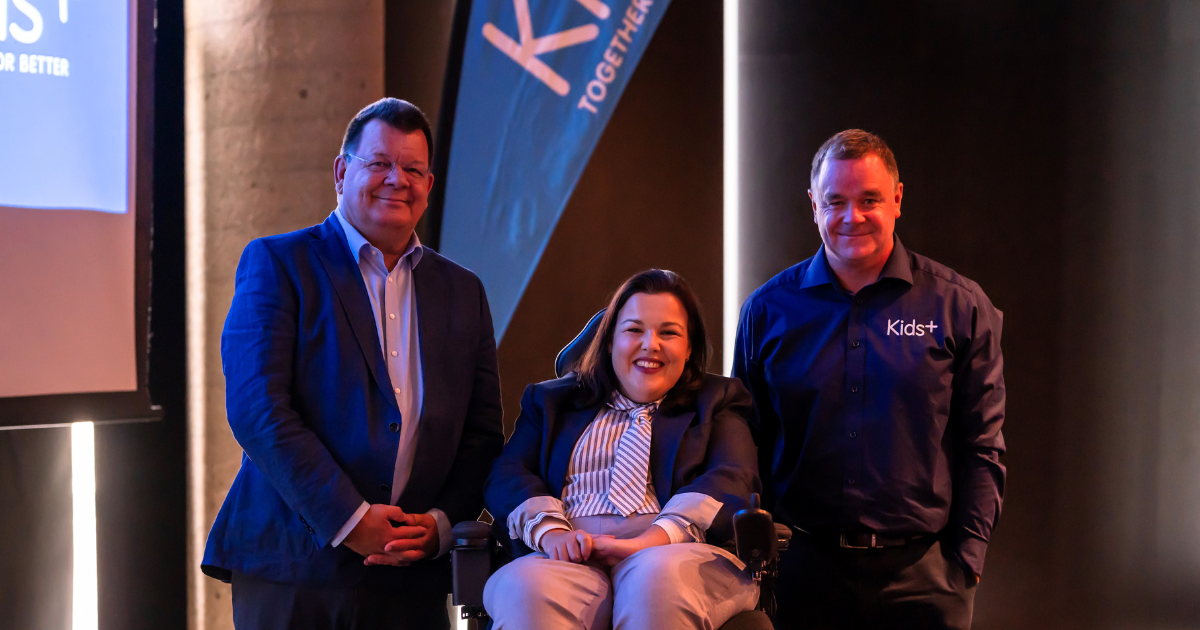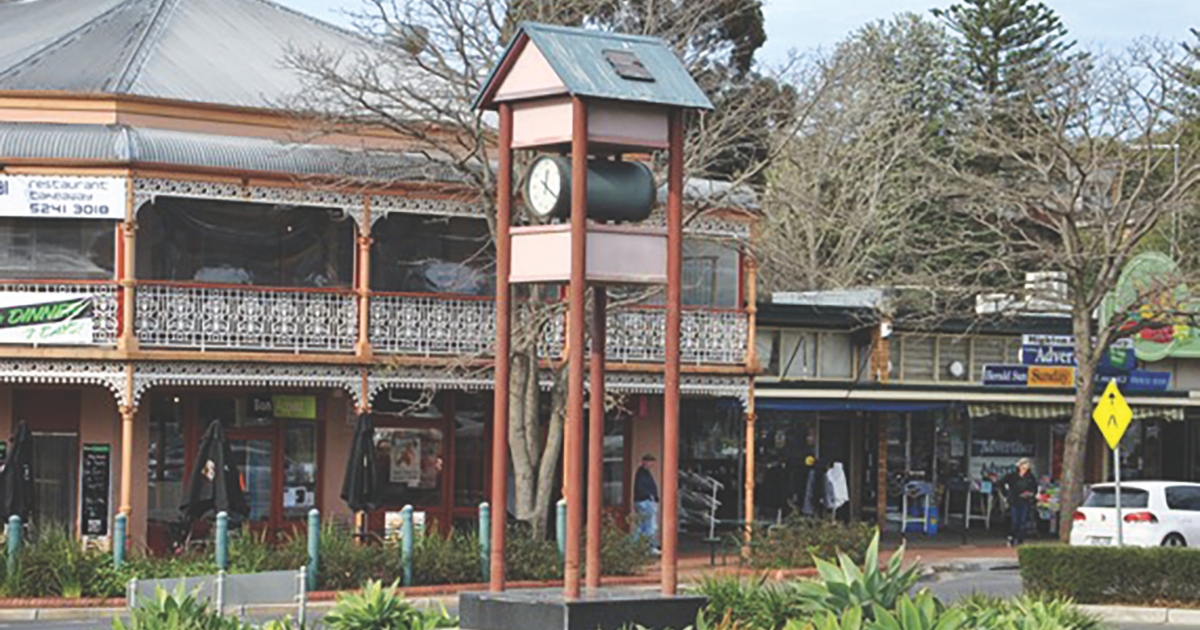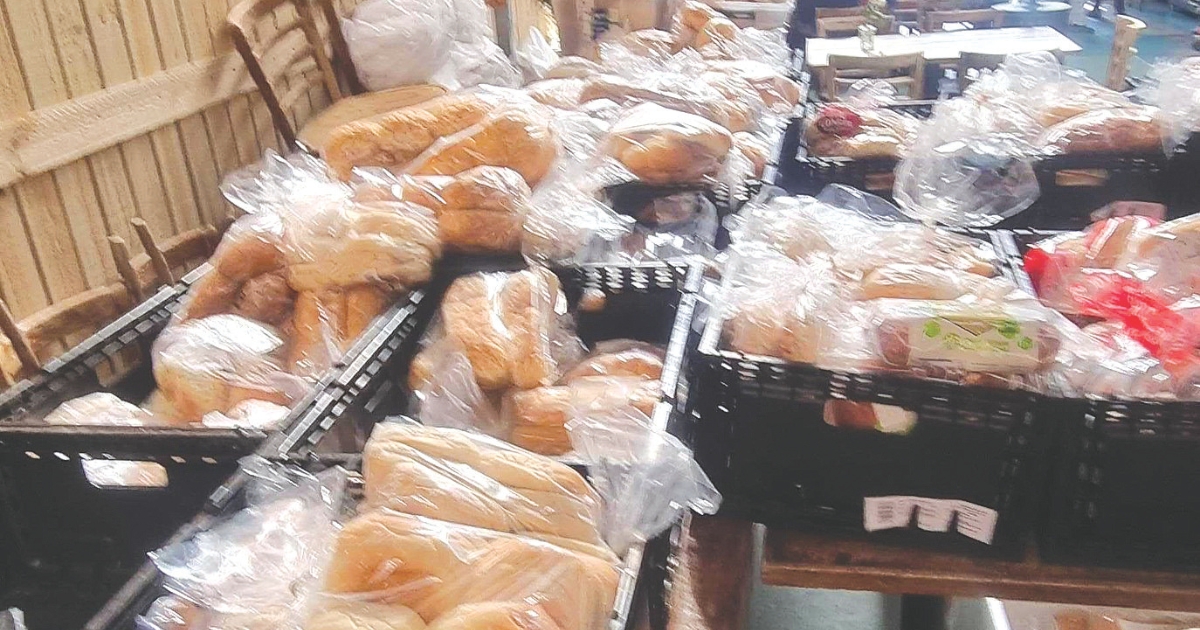Lara waste-to-energy proposal keeps igniting debate

The Lara waste-to-energy incinerator was granted a development license by the EPA in December last year and intends to incinerate up to 400,000 tonnes of waste diverted from landfill each year. Photo: SUPPLIED
GEELONG’S business community remains divided on the potential economic benefits of the controversial waste-to-energy facility proposed for Lara, new survey results have revealed.
Conducted by the Geelong Chamber of Commerce, the key findings of the survey were released on Monday last week and featured the opinions of 100 individuals.
Of those, 43 per cent regarded the project’s potential economic benefit to the region as either “positive” or “very positive”.
Fifty-seven per cent felt the project would have either a negative economic impact or carry no economic potential. Those against the proposal reported concerns about air pollution, potential health risks to the surrounding community and damage to Geelong’s reputation, with more than 30 per cent of respondents stating the potential economic impact would be “very negative”.
Chamber chief executive officer Jeremy Crawford said that, in isolation, the project did have the potential to add economic benefit to the region such as by contributing to the local GDP and creating employment opportunities.
“Bringing economic prosperity to the [lowest socio-economic] part of the Geelong region can only benefit this district and whole of Geelong should embrace this,” one respondent said.
“We need jobs where we live and this is good for our community,” another said.
However, Mr Crawford said opinions were far more dispersed across some of the other questions included in the survey, and on the balance of feedback the business community appeared to be taking an oppositional stance to the incinerator.
He noted while several businesses had approached the chamber requesting advocacy against the project, as yet no businesses had directly expressed a desire to see it approved.
About 65 per cent of respondents indicated they were either “very concerned” or “somewhat concerned” about the potential environmental and health impacts associated with the facility, while almost 70 per cent felt the proposed location would have a negative impact on Geelong’s housing and workforce development potential.
“There’s a couple of underlying messages here and one is that, in principle, this type of infrastructure does have its place in the energy future,” Mr Crawford said.
“But primarily, this piece of infrastructure, in this location at this time, just doesn’t seem to fit the overall future of the region.”
The chamber will host a breakfast event next month in partnership with the Committee for Geelong, Bisinella and Riordan Grains, to hear insights from industry leaders, environmental specialists and local business owners on the future of waste infrastructure in the region.
“It’s a debate we have leaned into and while we’ve taken a position against this particular project, I think it’s also really healthy for the business community to talk about if it’s not this location or it’s not this project, what are the alternatives?” Mr Crawford said.
For more information, or to purchase tickets to the breakfast event on November 13, head to geelongchamber.com.au

















